Home>Furniture & Design>Outdoor Furniture>How Often To Water Outdoor Potted Plants
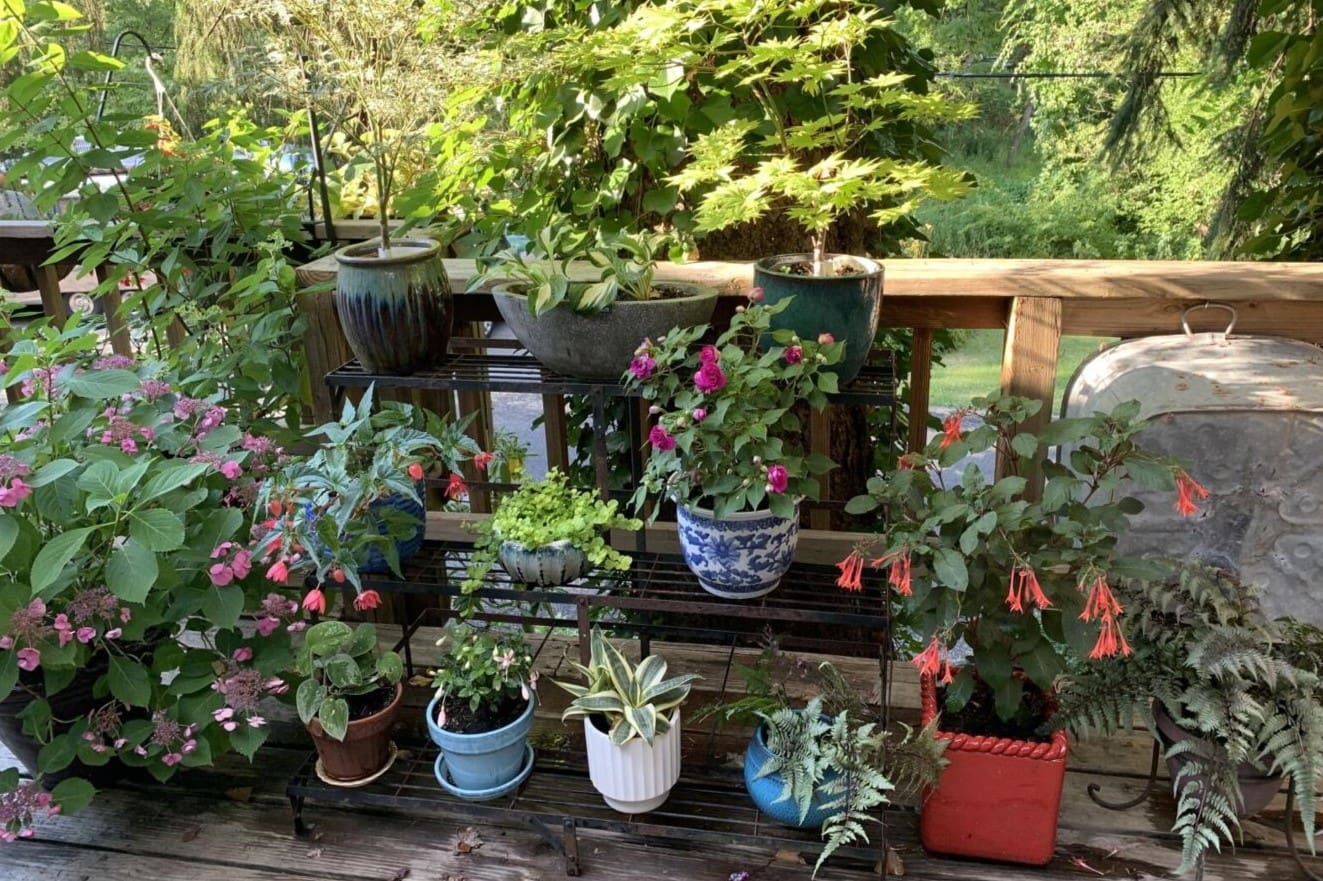

Outdoor Furniture
How Often To Water Outdoor Potted Plants
Published: January 11, 2024
Discover the best watering schedule for outdoor potted plants and keep your outdoor furniture thriving with our expert tips. Learn how to maintain your outdoor furniture and design with proper plant care.
(Many of the links in this article redirect to a specific reviewed product. Your purchase of these products through affiliate links helps to generate commission for Storables.com, at no extra cost. Learn more)
Introduction
Caring for outdoor potted plants can be a rewarding endeavor, allowing you to infuse your outdoor space with vibrant colors and lush greenery. However, ensuring the health and vitality of these plants requires attention to various factors, with watering being a crucial aspect. Determining the optimal frequency of watering your outdoor potted plants is essential for their growth and overall well-being.
In this comprehensive guide, we will delve into the key considerations for watering outdoor potted plants, including the types of plants, signs of overwatering and underwatering, and practical tips to maintain an optimal watering routine. By understanding these factors and implementing effective watering practices, you can foster a flourishing outdoor oasis that showcases the beauty of nature right in your own backyard.
Key Takeaways:
- Water outdoor potted plants based on their type, climate, and size. Look for signs of overwatering and underwatering to adjust your watering routine and keep your plants healthy and vibrant.
- Create a consistent watering schedule, monitor drainage, and use self-watering systems to optimize the health of your outdoor potted plants. Group plants with similar water needs for more effective care.
Factors to Consider
When determining the watering needs of outdoor potted plants, several essential factors come into play. Understanding these elements is crucial for establishing an effective watering routine that supports the health and growth of your plants.
- Plant Type: Different types of outdoor potted plants have varying water requirements. Succulents and cacti, for instance, thrive in arid conditions and require infrequent watering, while flowering plants and leafy greens may need more consistent moisture.
- Container Material: The material of the plant container influences water retention and drainage. Porous containers, such as terracotta pots, allow moisture to evaporate more rapidly, impacting the frequency of watering.
- Climate: The local climate, including temperature and humidity levels, plays a significant role in determining how often outdoor potted plants should be watered. In hot, dry climates, plants may require more frequent watering to combat moisture loss.
- Seasonal Variations: The watering needs of outdoor potted plants can fluctuate with the changing seasons. Plants often demand more water during the warm, active growing season and less during the dormant or cooler months.
- Plant Size and Growth Stage: The size of the plant and its current growth stage affect its water requirements. Larger plants and those in active growth phases generally need more water to support their development.
By taking these factors into account, you can tailor your watering approach to suit the specific needs of your outdoor potted plants, promoting their overall health and vitality.
Types of Outdoor Potted Plants
Outdoor potted plants encompass a diverse array of species, each with unique characteristics and water requirements. Understanding the specific needs of different plant types is essential for determining the appropriate watering frequency and ensuring their optimal growth. Here are some common types of outdoor potted plants and their distinct watering preferences:
- Succulents and Cacti: These resilient plants are well-suited to arid environments and have low water needs. Their thick, fleshy leaves and stems store water, allowing them to withstand periods of drought. Water these plants sparingly, allowing the soil to dry out between watering sessions.
- Flowering Plants: Many flowering plants, such as petunias, geraniums, and begonias, thrive in well-draining soil and require regular watering to support their blooming cycle. Ensure that the soil remains consistently moist but not waterlogged to promote healthy flower production.
- Herbs and Leafy Greens: Herbs like basil, mint, and cilantro, as well as leafy greens such as lettuce and spinach, benefit from moderate and consistent moisture. Avoid allowing the soil to dry out completely, as these plants prefer slightly moist conditions to support their leafy growth.
- Shrubs and Small Trees: Larger potted plants, including shrubs and small trees, often have greater water requirements due to their size. Water these plants deeply and ensure adequate drainage to prevent waterlogged soil, which can lead to root rot.
- Ornamental Grasses: Ornamental grasses, prized for their graceful foliage and texture, generally prefer well-draining soil and moderate watering. Allow the soil to dry out slightly between watering intervals to prevent waterlogged conditions.
By familiarizing yourself with the watering preferences of these various plant types, you can tailor your watering schedule to meet their specific needs, promoting healthy growth and vibrant foliage.
Signs of Overwatering and Underwatering
Recognizing the signs of overwatering and underwatering is crucial for maintaining the health and vigor of outdoor potted plants. Both conditions can have detrimental effects on plant growth and overall well-being. By being attentive to these indicators, you can adjust your watering practices accordingly, ensuring that your plants receive the appropriate level of moisture.
- Overwatering: Excessive watering can lead to waterlogged soil, suffocating the plant’s roots and impeding their ability to absorb oxygen. Signs of overwatering may include wilting despite moist soil, yellowing or browning of leaves, and the presence of mold or mildew on the soil surface. Additionally, a foul odor emanating from the soil can indicate excessive moisture, signaling the need to adjust the watering frequency.
- Underwatering: Insufficient moisture can also have detrimental effects on outdoor potted plants, causing wilting, yellowing, or browning of leaves. The soil may become extremely dry, pulling away from the edges of the container, and the plant may exhibit signs of stress, such as drooping foliage and stunted growth. In some cases, the leaves may develop crispy edges or curl inward, signaling the need for adequate watering.
By closely observing your outdoor potted plants and noting these telltale signs, you can make informed adjustments to your watering routine, providing the appropriate level of moisture to support healthy growth and vitality.
Water outdoor potted plants when the top inch of soil is dry. In hot weather, this may be every day, while in cooler weather, it may be every few days. Adjust based on plant type and weather conditions.
Frequency of Watering
Determining the optimal frequency of watering for outdoor potted plants is a critical aspect of plant care, directly impacting their health and growth. While the specific watering schedule can vary based on factors such as plant type, climate, and container material, there are general guidelines to consider when establishing a watering routine for your outdoor potted plants.
General Guidelines:
- Check Soil Moisture: Before watering, assess the moisture level of the soil by inserting your finger into the top inch or two of the soil. If it feels dry to the touch, it’s likely time to water. However, if the soil feels moist, it’s best to wait before watering to prevent overhydration.
- Consider Climate and Season: In hot, dry climates, outdoor potted plants may require more frequent watering to combat moisture loss. During the warmer months or active growing season, plants generally need more consistent moisture, while watering frequency may decrease during cooler or dormant periods.
- Observe Plant Response: Pay attention to how your plants respond to watering. If they exhibit signs of stress, such as wilting or drooping, it may indicate the need for more frequent watering. Conversely, if the soil remains consistently wet and the plants show signs of overwatering, adjust your watering schedule accordingly.
- Adjust for Container Material: The material of the plant container influences water retention and evaporation. Porous containers, such as terracotta pots, may necessitate more frequent watering due to increased moisture loss, while plastic or glazed ceramic containers retain moisture for longer periods.
It’s important to tailor the watering frequency to the specific needs of your outdoor potted plants, taking into account their individual characteristics and the environmental factors that influence their water requirements. By adopting a mindful and observant approach to watering, you can promote the health and vitality of your outdoor oasis, nurturing thriving plants that enhance your outdoor space.
Read more: How Often To Fertilize Outdoor Potted Plants
Tips for Watering Outdoor Potted Plants
Effectively watering outdoor potted plants involves more than just providing moisture; it requires a thoughtful and attentive approach to ensure the plants receive the appropriate level of hydration. By implementing the following tips, you can optimize your watering practices and support the health and vitality of your outdoor potted plants:
- Establish a Consistent Routine: Create a regular watering schedule based on the specific needs of your plants and the prevailing environmental conditions. Consistency in watering helps plants thrive by providing them with the necessary moisture at predictable intervals.
- Water in the Morning: Aim to water your outdoor potted plants in the morning, allowing the foliage and soil to dry during the day. Watering in the evening can lead to prolonged moisture on the leaves, potentially promoting fungal diseases.
- Use the Right Amount of Water: Avoid overwatering or underwatering by providing the appropriate amount of water based on the plant’s needs and container size. Ensure that water penetrates the entire root zone, promoting healthy root development.
- Monitor Drainage: Verify that the plant containers have adequate drainage to prevent water from accumulating at the bottom, which can lead to root rot. If necessary, consider adding drainage holes or using a well-draining potting mix.
- Consider Self-Watering Systems: For convenience and consistent moisture provision, consider utilizing self-watering containers or systems designed to regulate moisture levels and prevent overwatering.
- Observe Plant Response: Pay attention to how your plants react to watering, adjusting your approach based on their response. If certain plants consistently exhibit signs of overwatering or underwatering, modify your watering routine accordingly.
- Mulch the Soil: Apply a layer of organic mulch, such as wood chips or straw, to the soil surface of outdoor potted plants. Mulch helps retain soil moisture, reduce evaporation, and regulate soil temperature, promoting a healthy root environment.
- Group Plants with Similar Water Needs: When arranging outdoor potted plants, group together those with similar water requirements. This allows you to tailor your watering routine more effectively, catering to the specific needs of each plant grouping.
By implementing these tips and adopting a mindful and attentive approach to watering, you can cultivate thriving outdoor potted plants that enhance the beauty of your outdoor space, creating a lush and inviting environment for relaxation and enjoyment.
Conclusion
Mastering the art of watering outdoor potted plants is a fundamental aspect of nurturing a vibrant and flourishing outdoor oasis. By considering the diverse factors that influence watering needs, understanding the unique requirements of different plant types, and recognizing the signs of overwatering and underwatering, you can establish an effective watering routine that supports the health and vitality of your plants.
As you navigate the frequency of watering, it’s essential to observe your plants closely, adjusting your approach based on their response and the prevailing environmental conditions. By incorporating practical tips such as establishing a consistent watering routine, monitoring drainage, and utilizing self-watering systems where applicable, you can optimize your watering practices to promote the optimal growth and well-being of your outdoor potted plants.
Ultimately, the process of watering outdoor potted plants is a harmonious blend of science and art, requiring attentiveness, adaptability, and a deep appreciation for the beauty of nature. By nurturing your outdoor potted plants with mindful watering practices, you can create a captivating and verdant outdoor sanctuary that invites relaxation, rejuvenation, and a profound connection with the natural world.
Embrace the journey of tending to your outdoor potted plants, and let the nurturing act of watering become a fulfilling and enriching experience, fostering a thriving outdoor haven that reflects the splendor of the natural world.
Frequently Asked Questions about How Often To Water Outdoor Potted Plants
Was this page helpful?
At Storables.com, we guarantee accurate and reliable information. Our content, validated by Expert Board Contributors, is crafted following stringent Editorial Policies. We're committed to providing you with well-researched, expert-backed insights for all your informational needs.
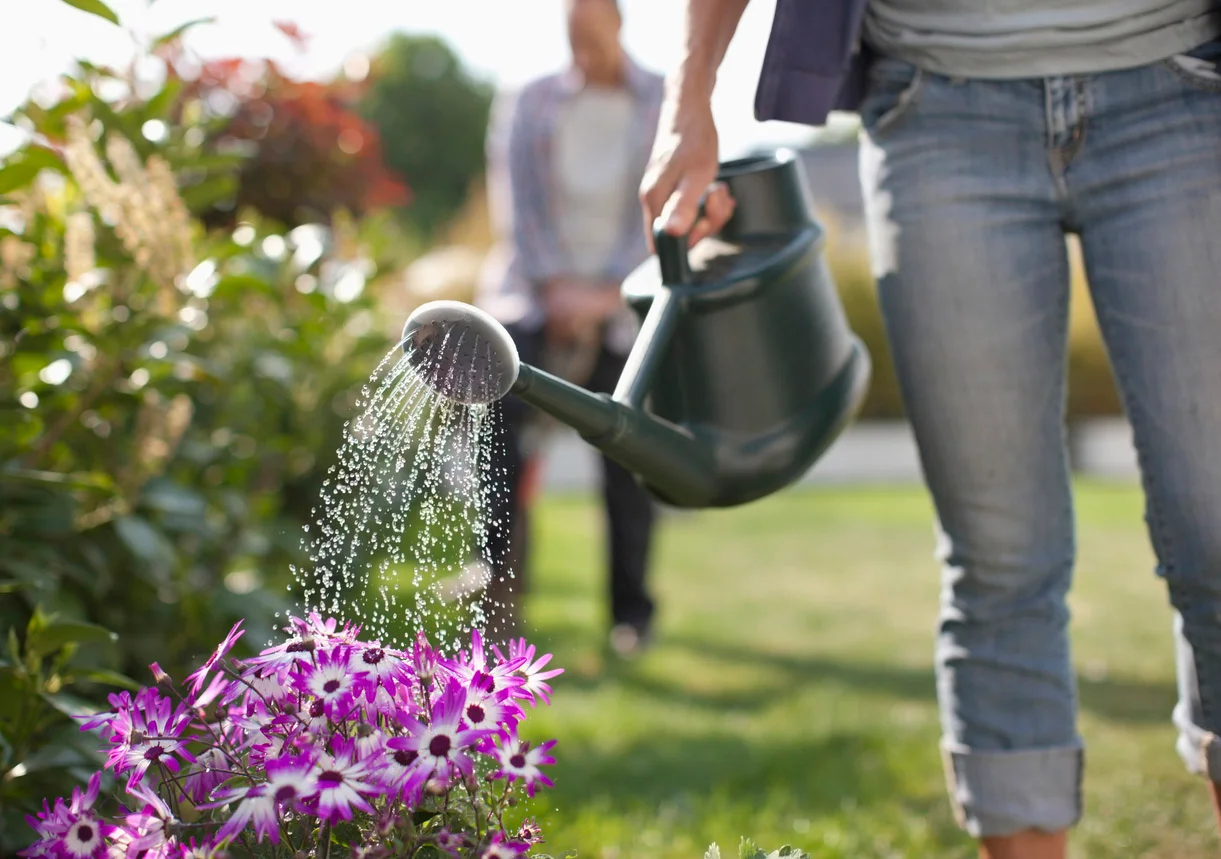
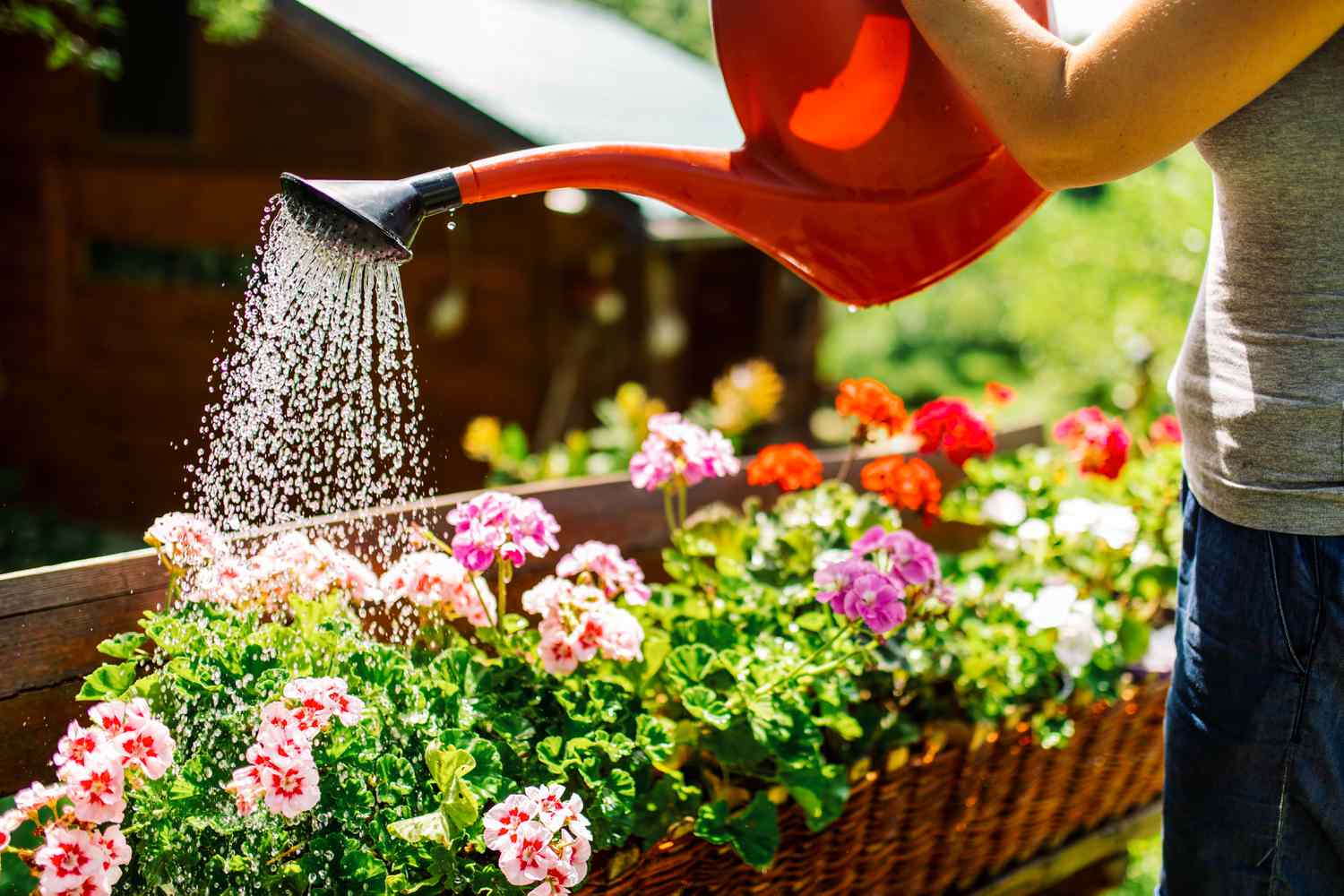
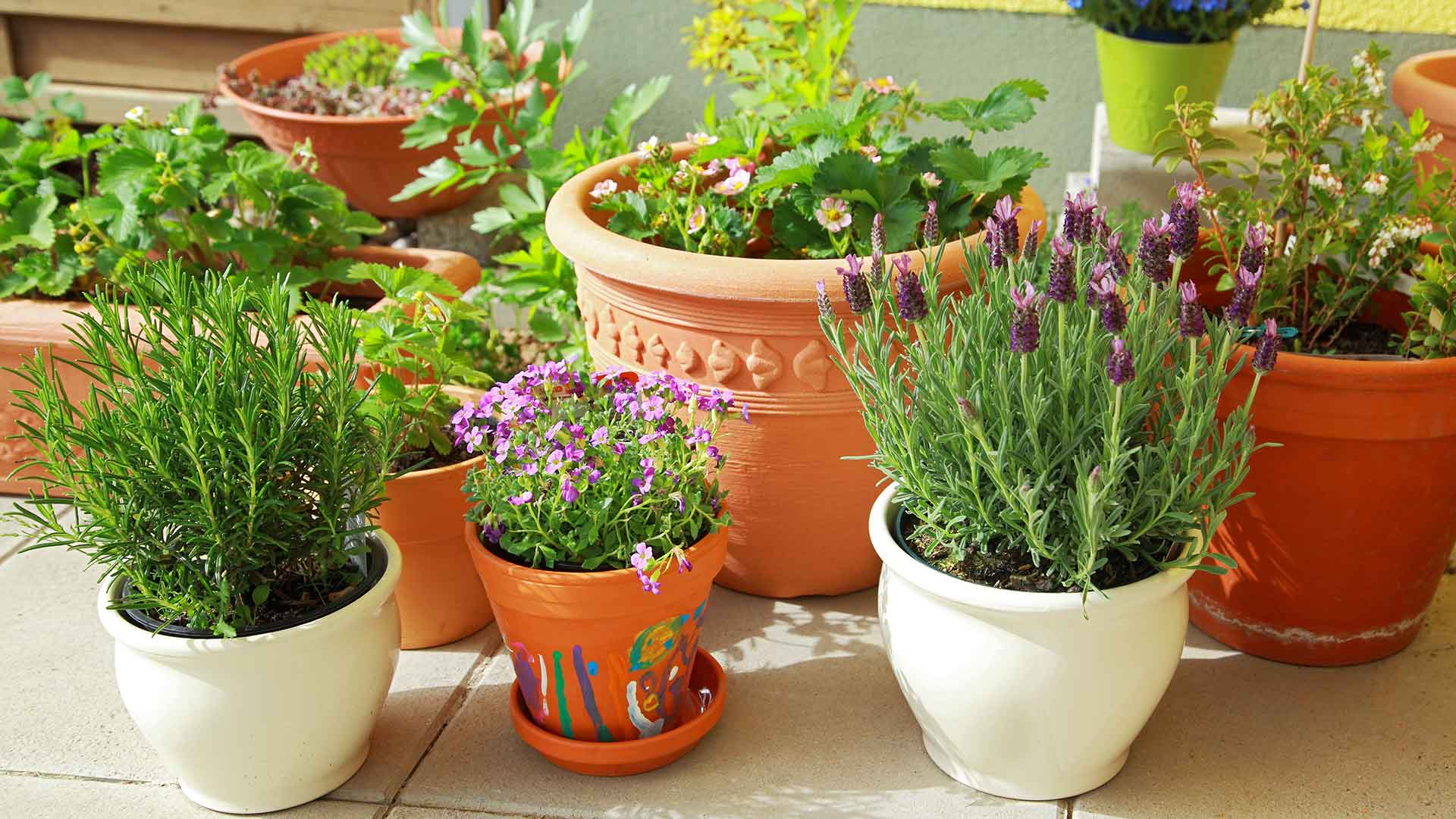
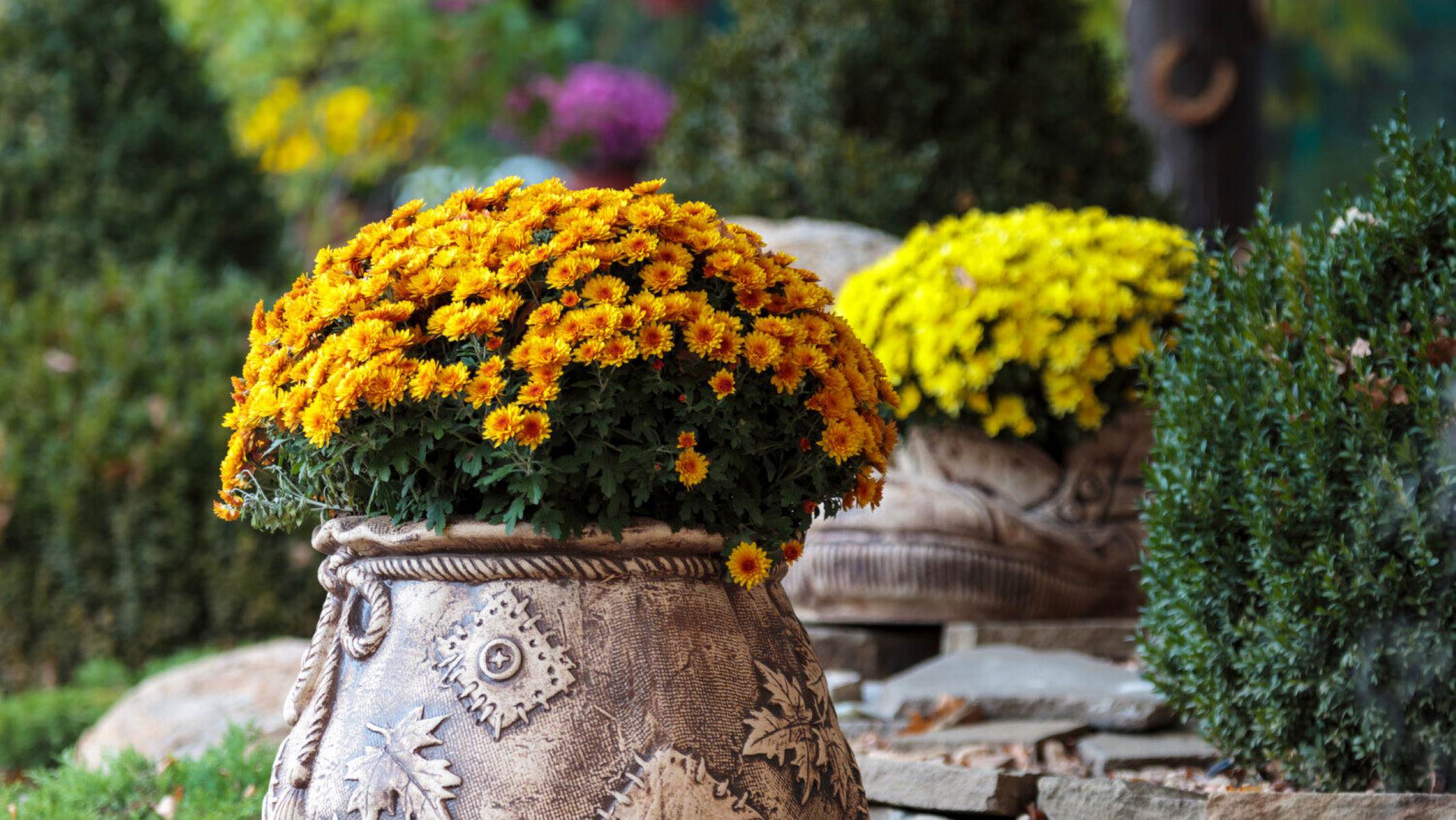
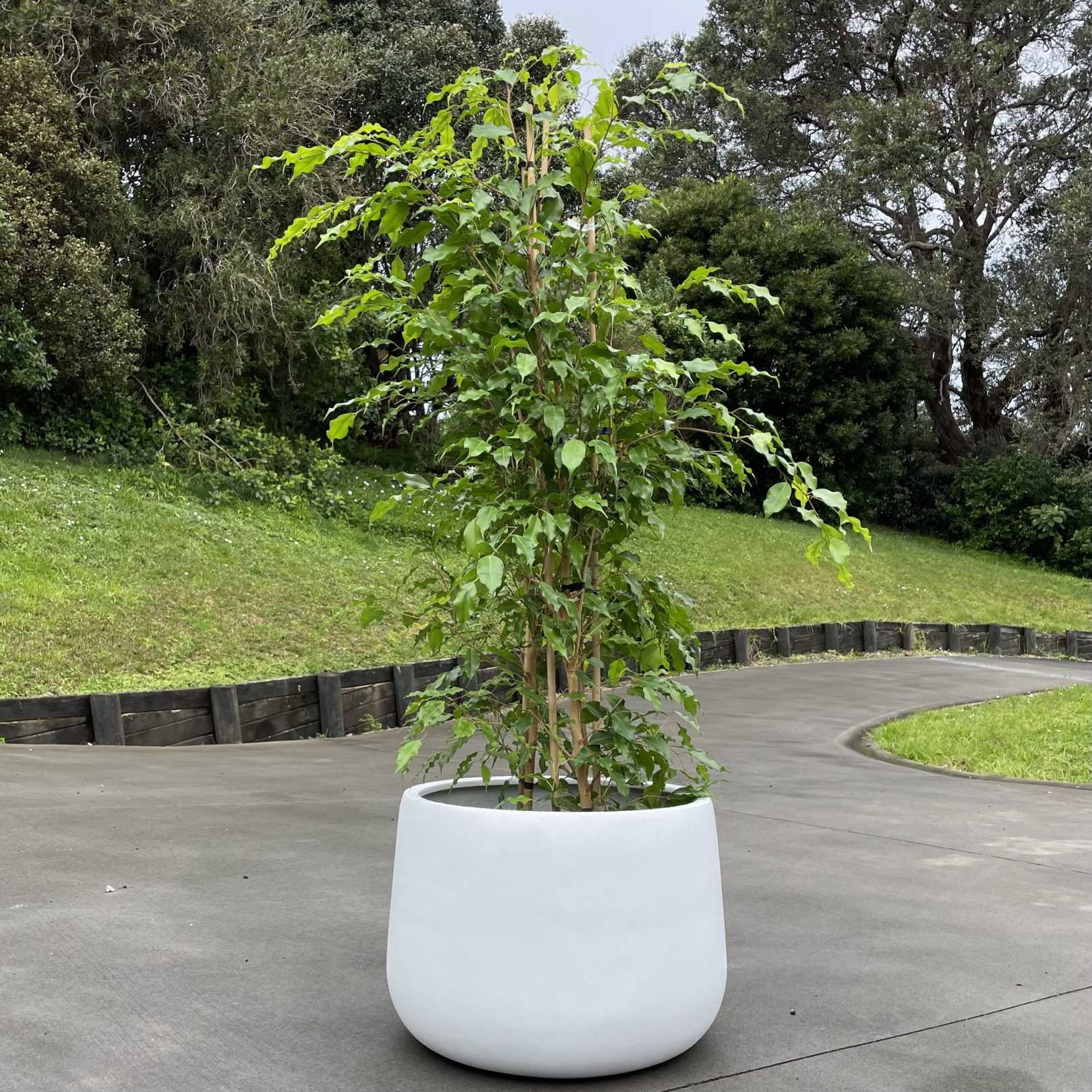
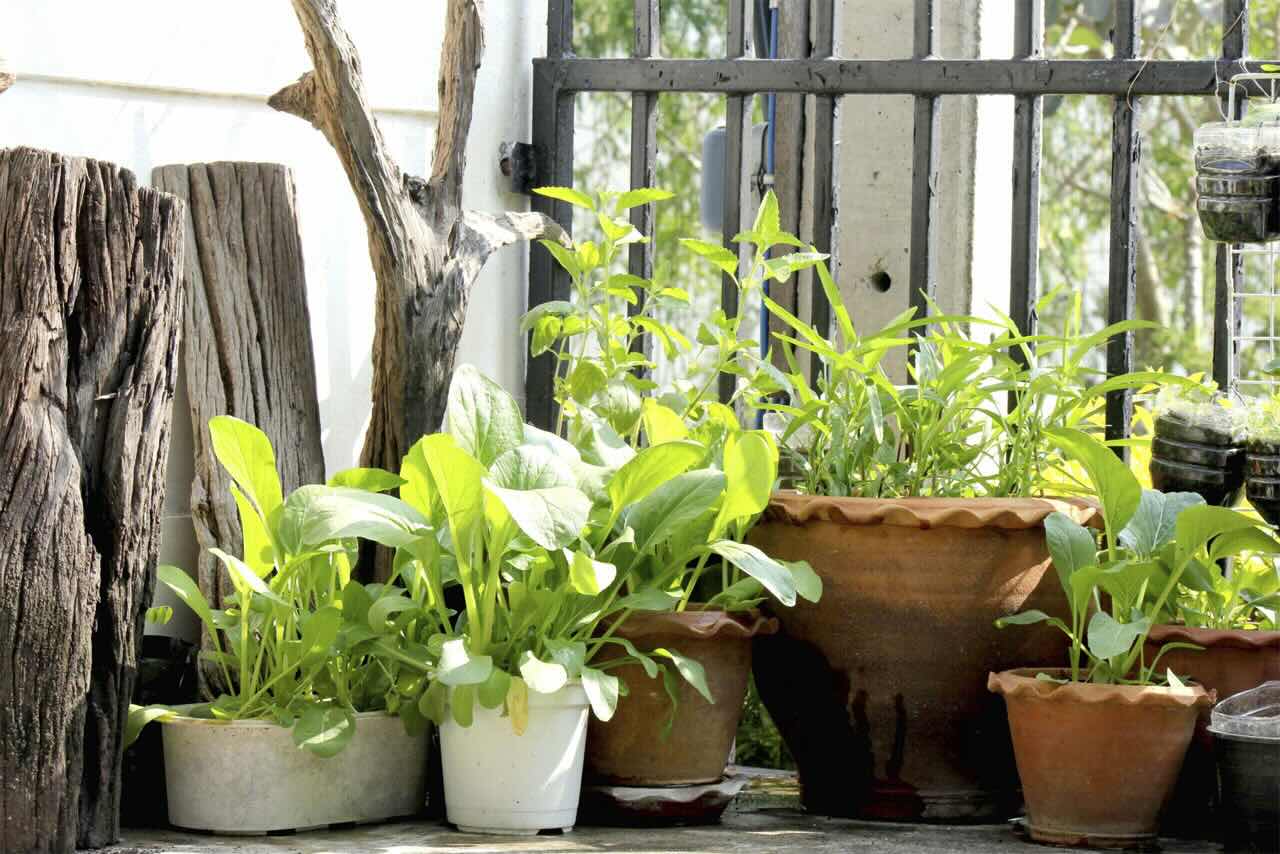
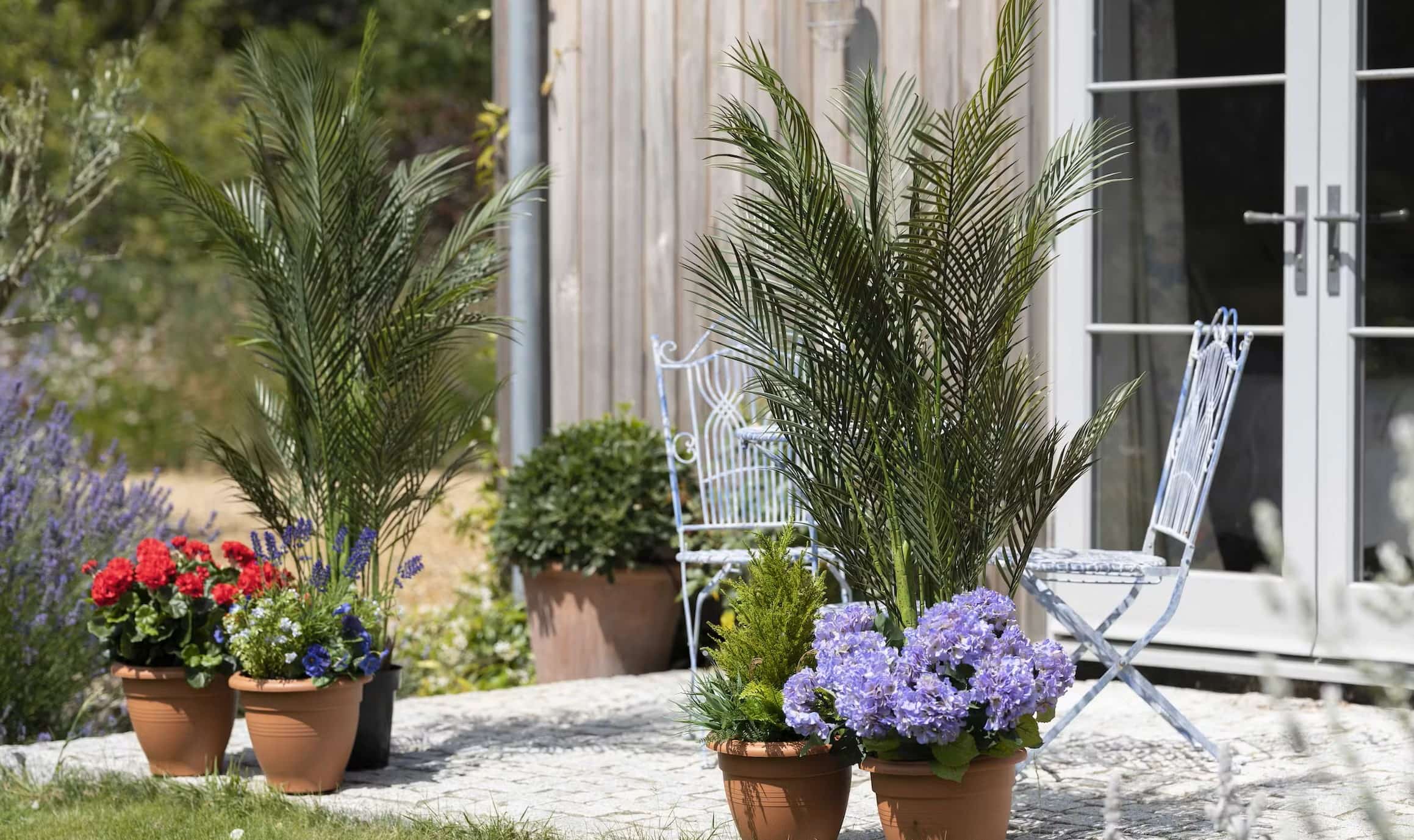
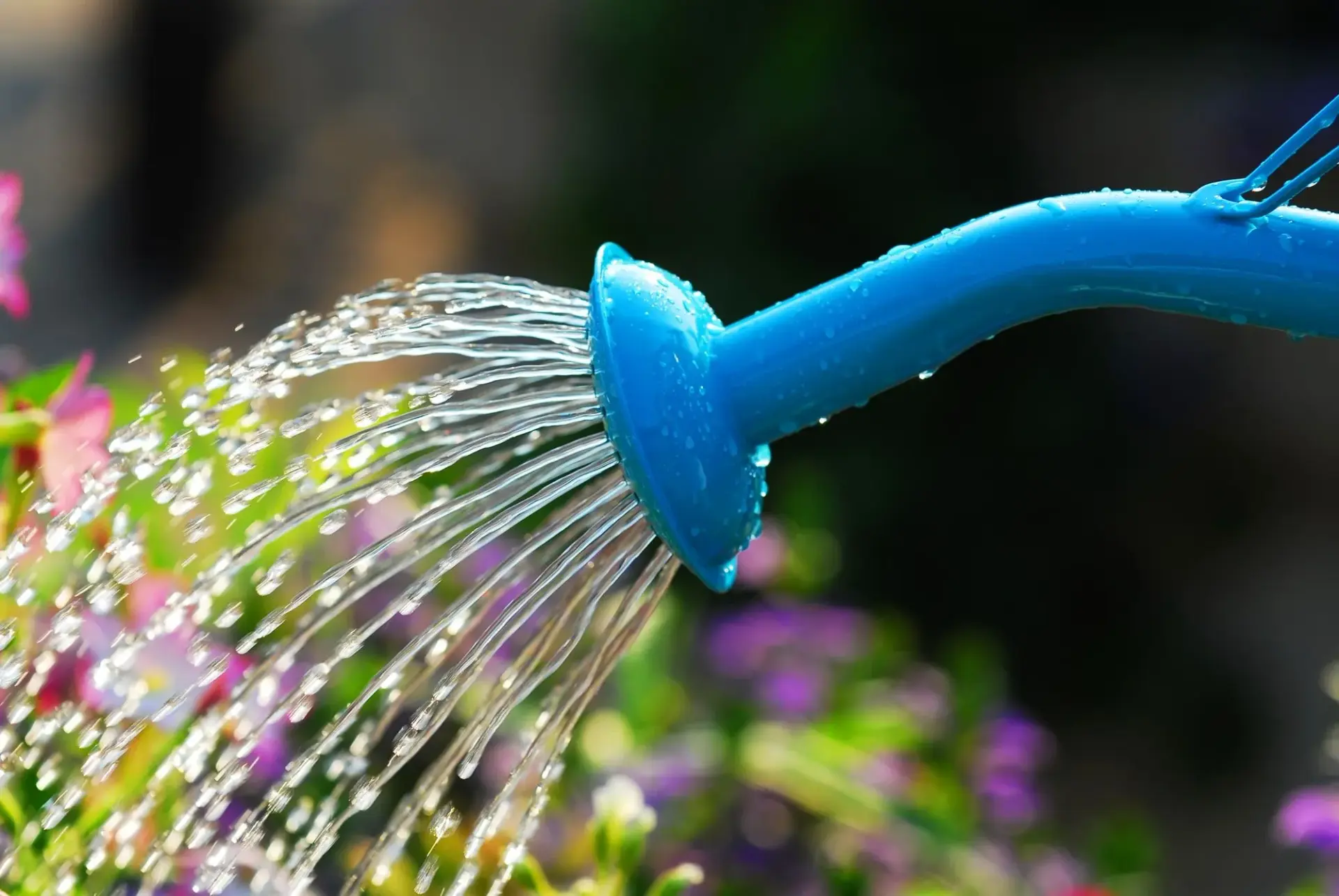
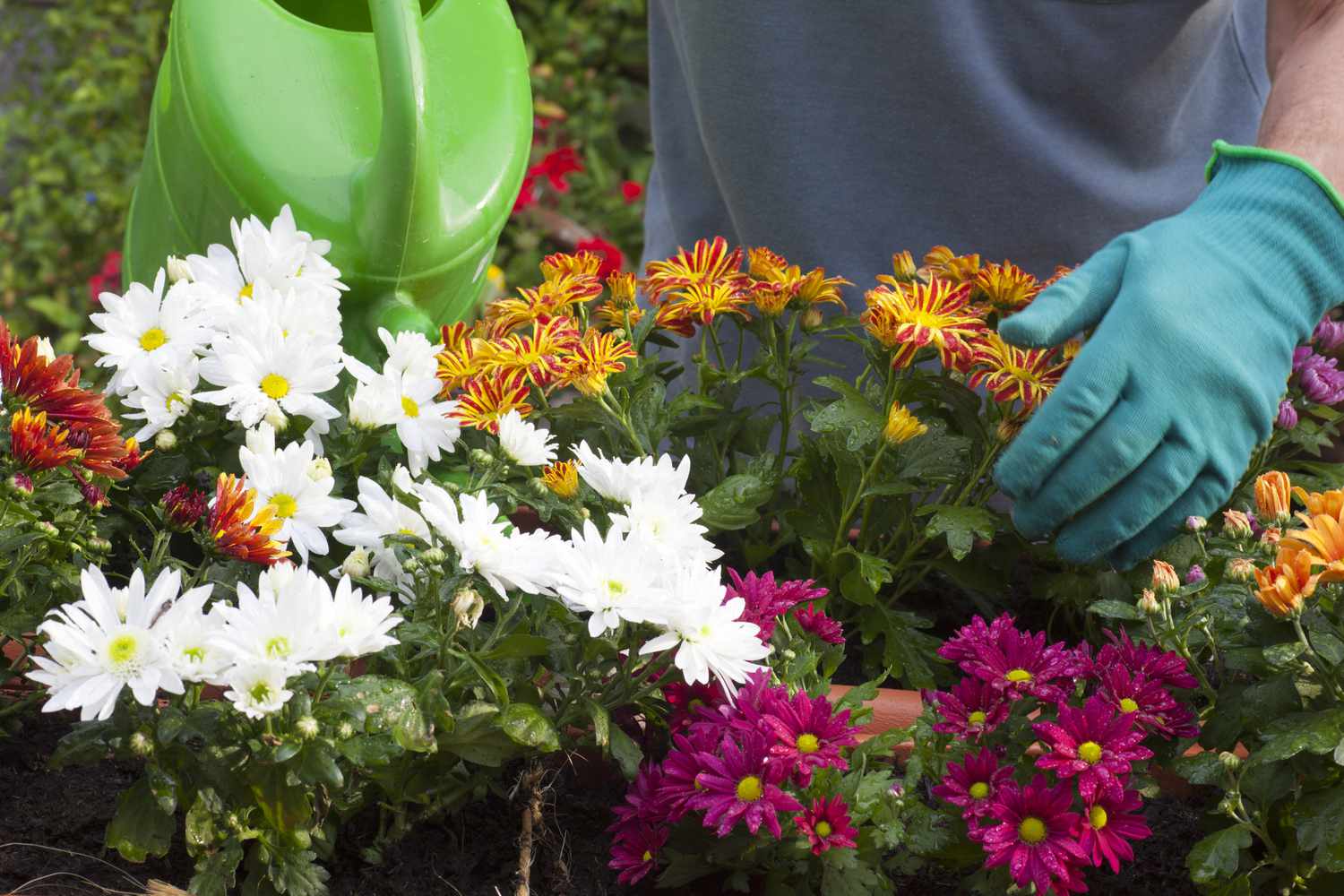
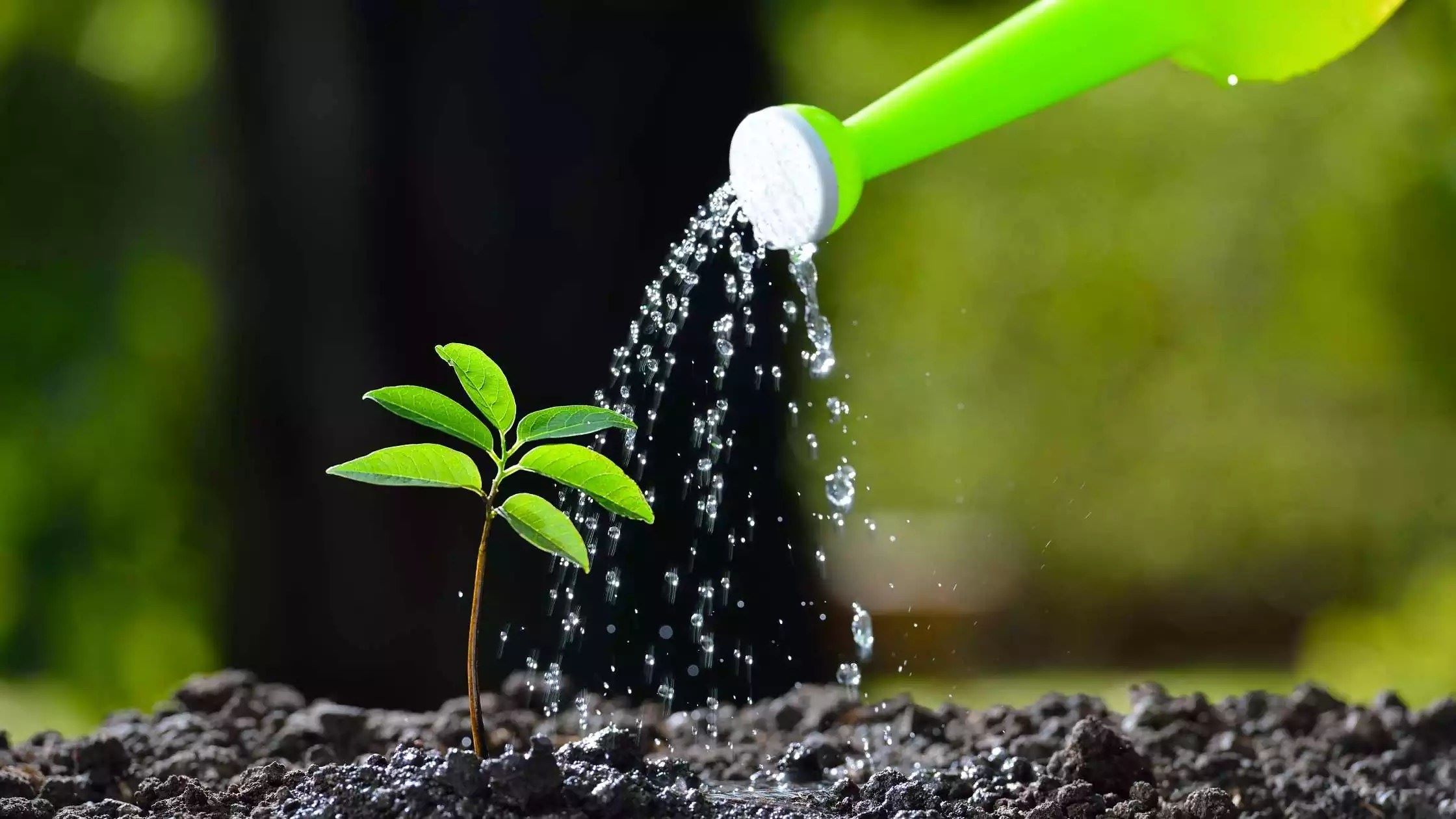
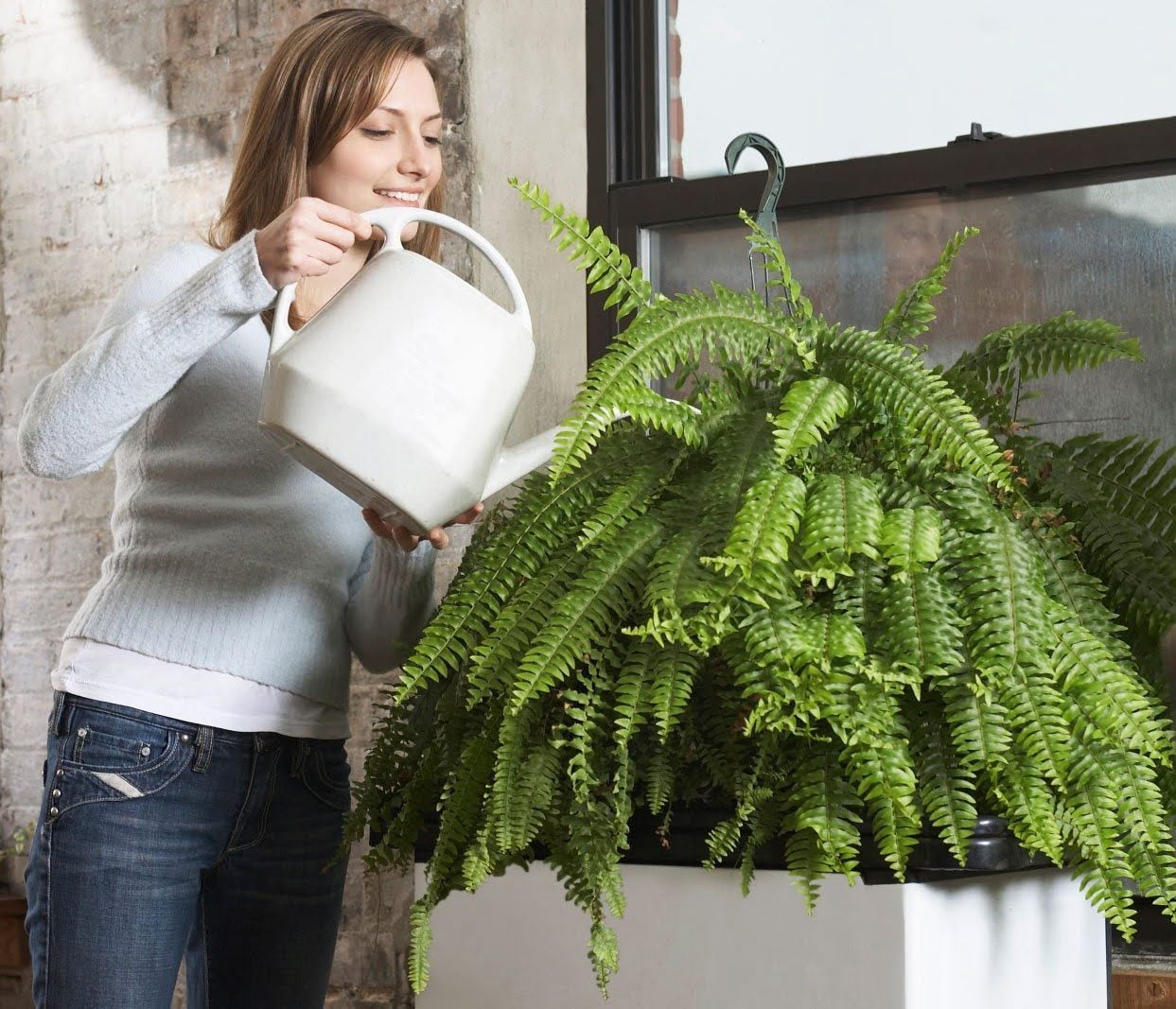
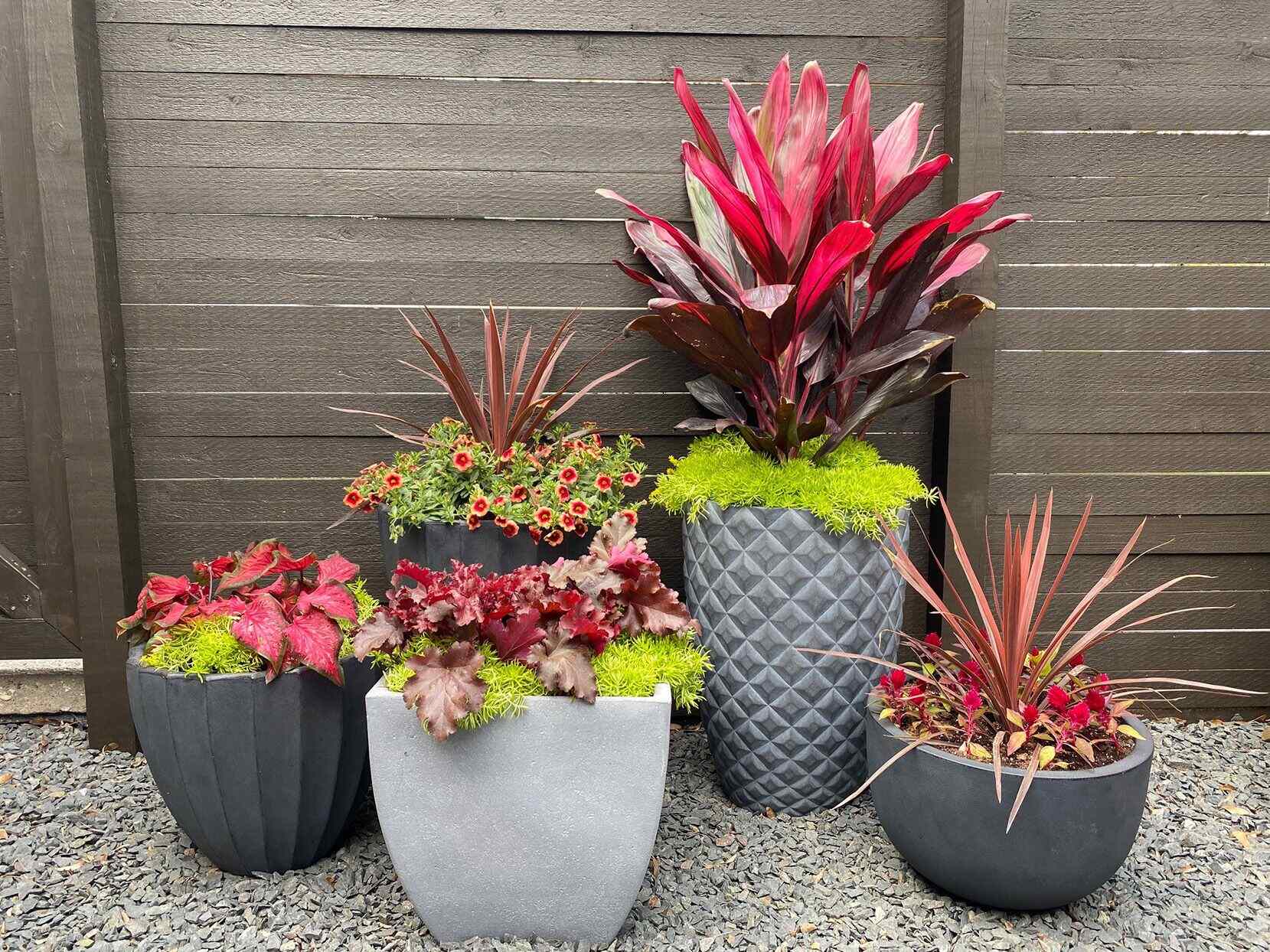
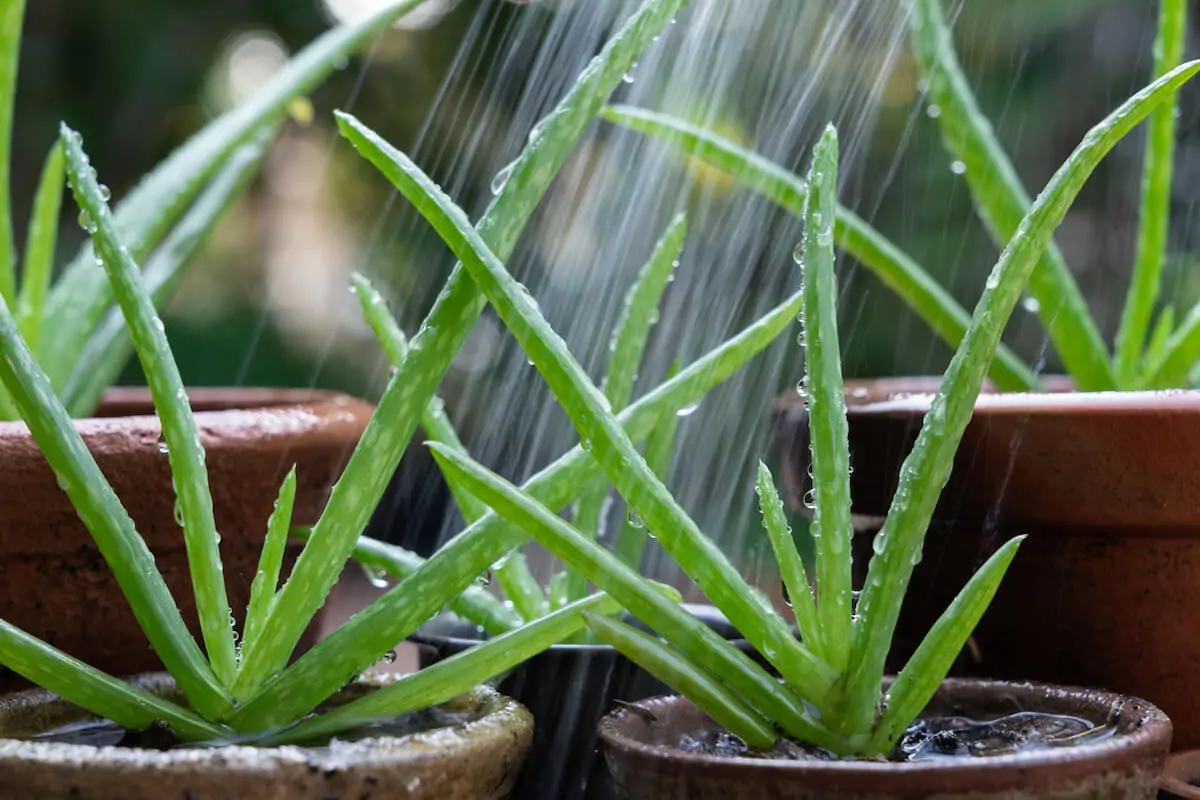

0 thoughts on “How Often To Water Outdoor Potted Plants”